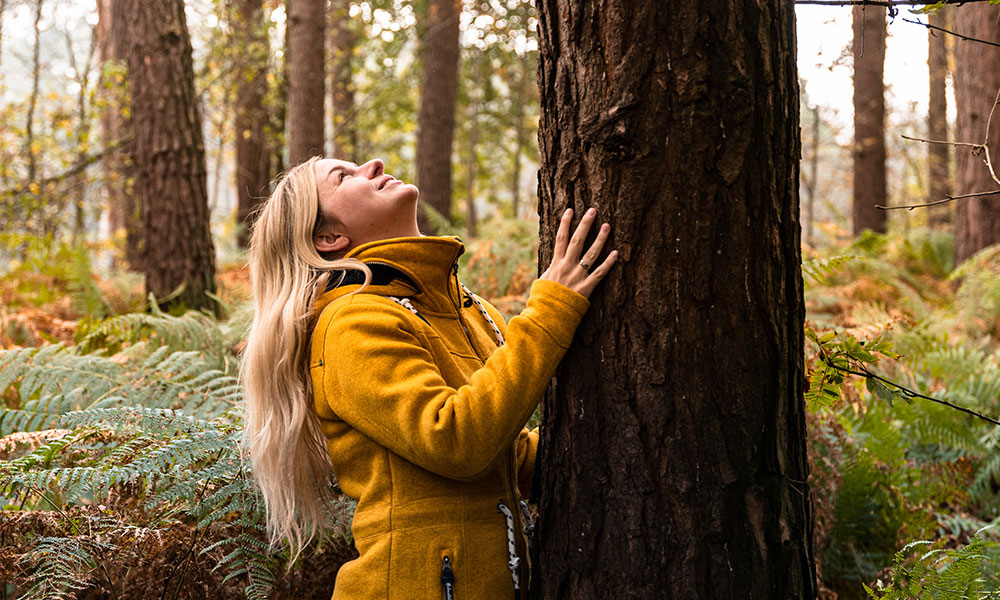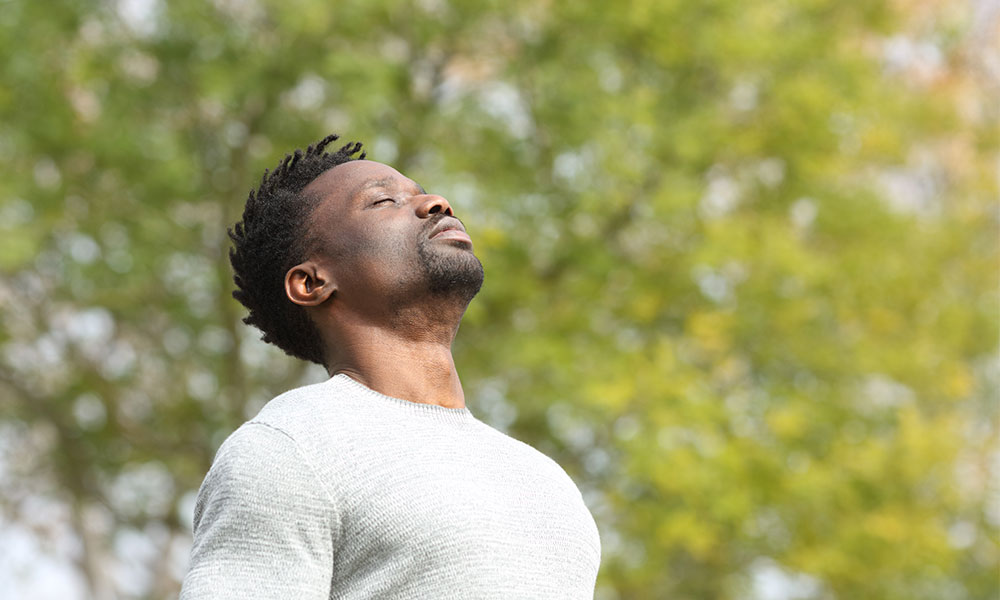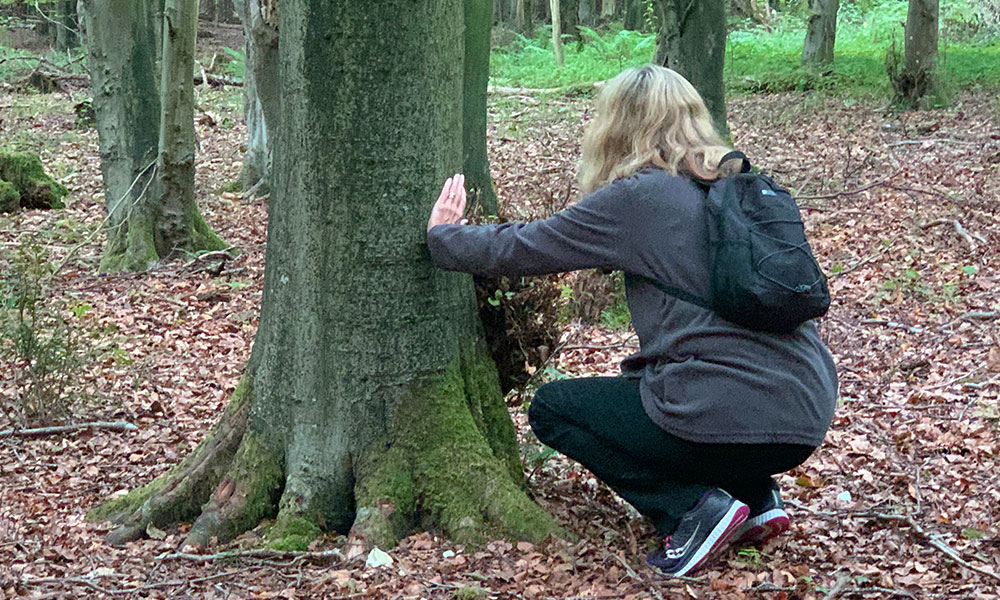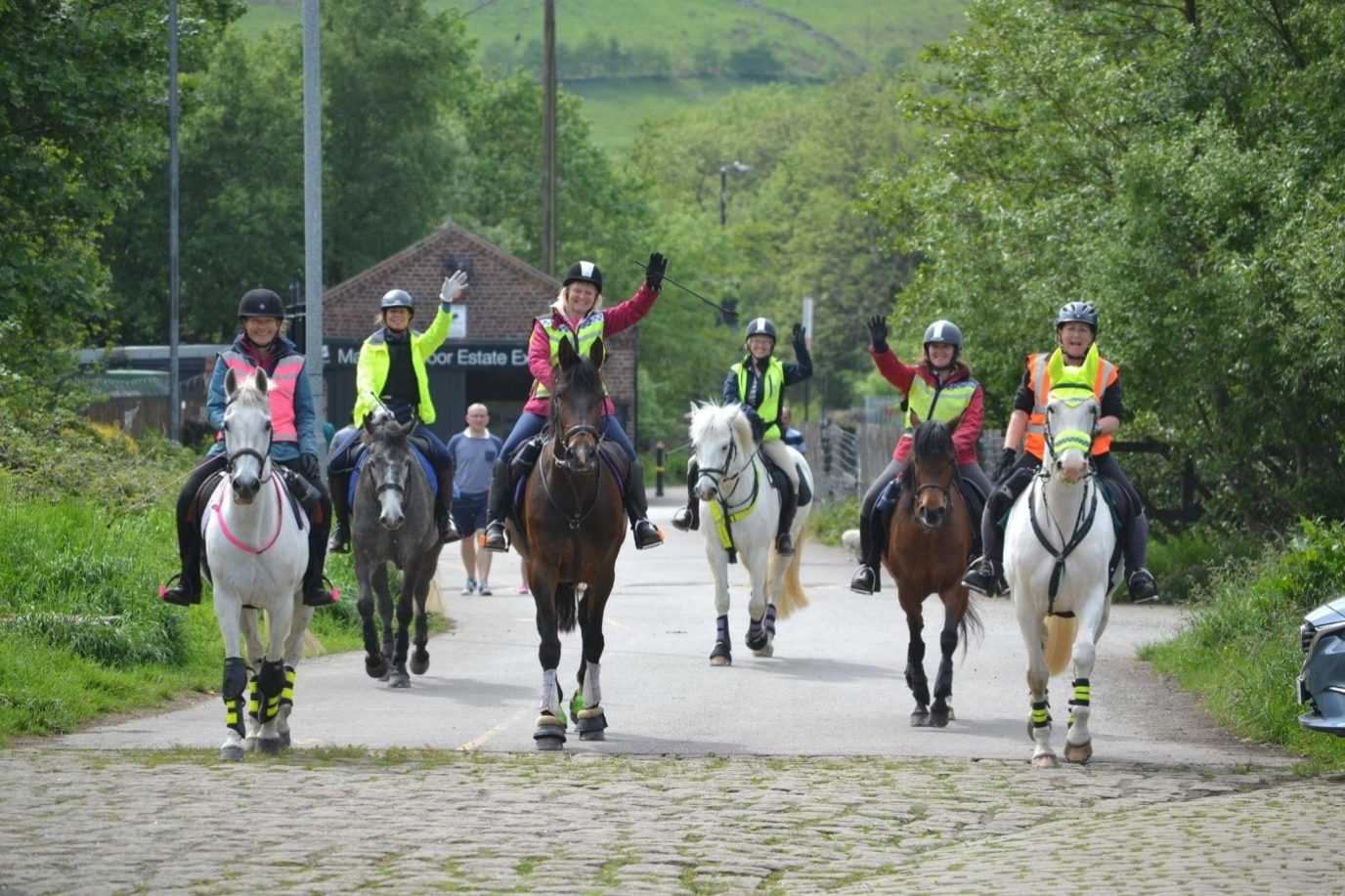Improve your wellbeing outside
Holly Barber from Eco Monkey takes a look at some of the lesser-known ways in which spending time outside in nature can improve your wellbeing.
We all know that being outside is good for us – whether it’s walking, running, cycling, wild swimming or, if you’re like me, forest bathing. Time spent outdoors in nature has additional benefits to both your physical and mental health, some of which you may not be aware of.

Boost your immune system
Trees (and plants, hedgerows and even some seaweed) all emit a volatile organic compound called a phytoncide. As scary as it may sound – it’s actually their first line of defence against some fungi and certain diseases. From some research carried out by Dr Qing Li in the 1980’s it was found that when we absorb these phytoncides into our system (which later research has shown is predominantly through the sense of smell) they boost our NK cell count. What are our NK cells, I hear you ask?

NK cells are our natural killer cells – a special type of white blood cell that, as part of our immune system, acts as our bodies first line of defence against some diseases and cancers. Research carried out in Japan, based on the practice of Shinrin Yoku (forest bathing) has shown that the benefits of spending a few hours outside in nature can stay with you for up to 28 days (based on 4 hours spent in a forest environment).
Mental health benefits
We may be living in 21st century Britain, but actually our bodies haven’t evolved much from our hunter gatherer ancestors – especially when it comes to our nervous system. Within our central nervous system we have our autonomic nervous system which comprises both the sympathetic nervous system and the parasympathetic nervous system.
The sympathetic nervous system is also known as fight or flight. It helps direct the attention and energy from our body into keeping us safe when we come up against a stress factor. This is where we should only be spending short bursts of time. The parasympathetic nervous system is our rest and digest mode – this is where we should be spending most of our time.

Nature therapy
Whilst any time outside will help boost your mental and physical health – nature therapy is a gentle practice designed to help support your wellbeing in a natural environment – be it a woodland, beach, park or even your own back garden.
Also known as forest bathing – it’s the practice of immersing yourself in nature to open up your senses to the world around you and to kick start your parasympathetic nervous system. In essence, it improves your well-being. If this concept is new to you and you’d like to learn more, there are in-person sessions and remote session (via Zoom) that help offer some respite from the stresses of everyday life.
Biophilia hypothesis
Time spent outside in nature is proven to trigger your parasympathetic nervous system. Whether you’re conscious of it or not – when you hear the sound of bird song or perhaps the gentle ripple of water in a babbling brook they are helping to get you into the rest and digest mode. Why is that? It’s the Biophilia hypothesis, which suggests that humans possess an innate tendency to seek connections with nature and other forms of life.
Going back to our hunter gatherer ancestors, we have a deep rooted familiarity with natural sounds. They offer comfort – they also tell us that life can be sustained and therefore you are safe. It’s your subconscious that picks up on these sounds and then kick starts your parasympathetic nervous system.

Attention Restoration Theory
Intense concentration on anything can be really draining. By either taking a break in or simply viewing what could be described as a “restorative environment” it can help reduce our mental fatigue. This is known as the Attention Restoration Theory, developed by Rachel and Stephen Kaplan in the late 1980’s. There are four key components that make an environment “restorative”:
1. Fascination – it needs to hold one’s attention softly, be something that requires little attention and enables mental reflection – for example waves crashing on a shoreline.
2. Being away – it needs to be an environment that is psychologically or physically removed and distant from your everyday life.
3. Extent – there must be enough structure and content within that environment to make it feel like you are being immersed in it.
4. Compatibility – it needs to be an environment that the person actively wishes to be engaged with and exposed to.

The great outdoors, no matter what the environment – from rugged coastlines to the Lakeland fells, from river banks to forests – has something there to suit the needs of most people.
If you’re unable to get outside and need a mental boost, try looking out of a window or at photographs of the natural environment (for example one of the OS Wallpapers), listen to a soundscape or use essential oils. Although not as great as the outdoors itself, this will still benefit your mental health.
GetOutside!
Research carried out by the Natural Resources Institute in Finland suggests that you should have at least 5 hours a month outside in nature to ward off the blues. At any one time a 40-50 minute walk is enough to see a dramatic (positive!) change in your mood. Moving away from your computer screen and stepping outside is the perfect way to utilise your lunch hour. Find greenspaces, woodland, and other places to immerse yourself in nature nearby with the OS Maps.
Now, go and enjoy the benefits of the other NHS – Nature’s Health Service!






